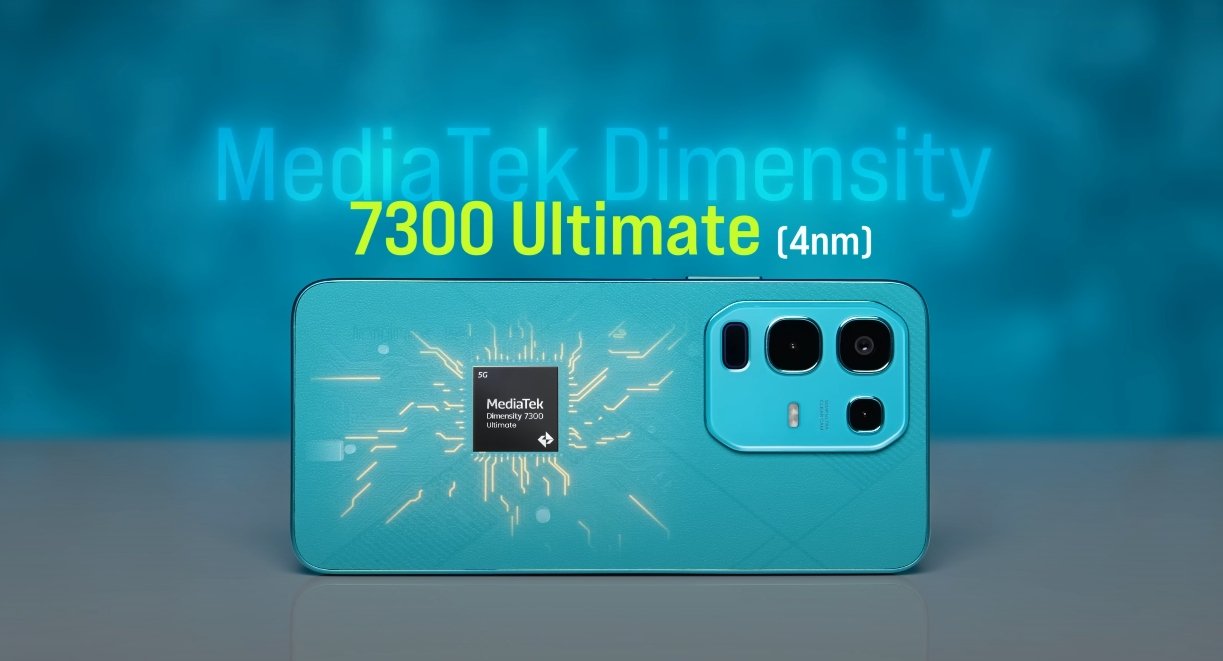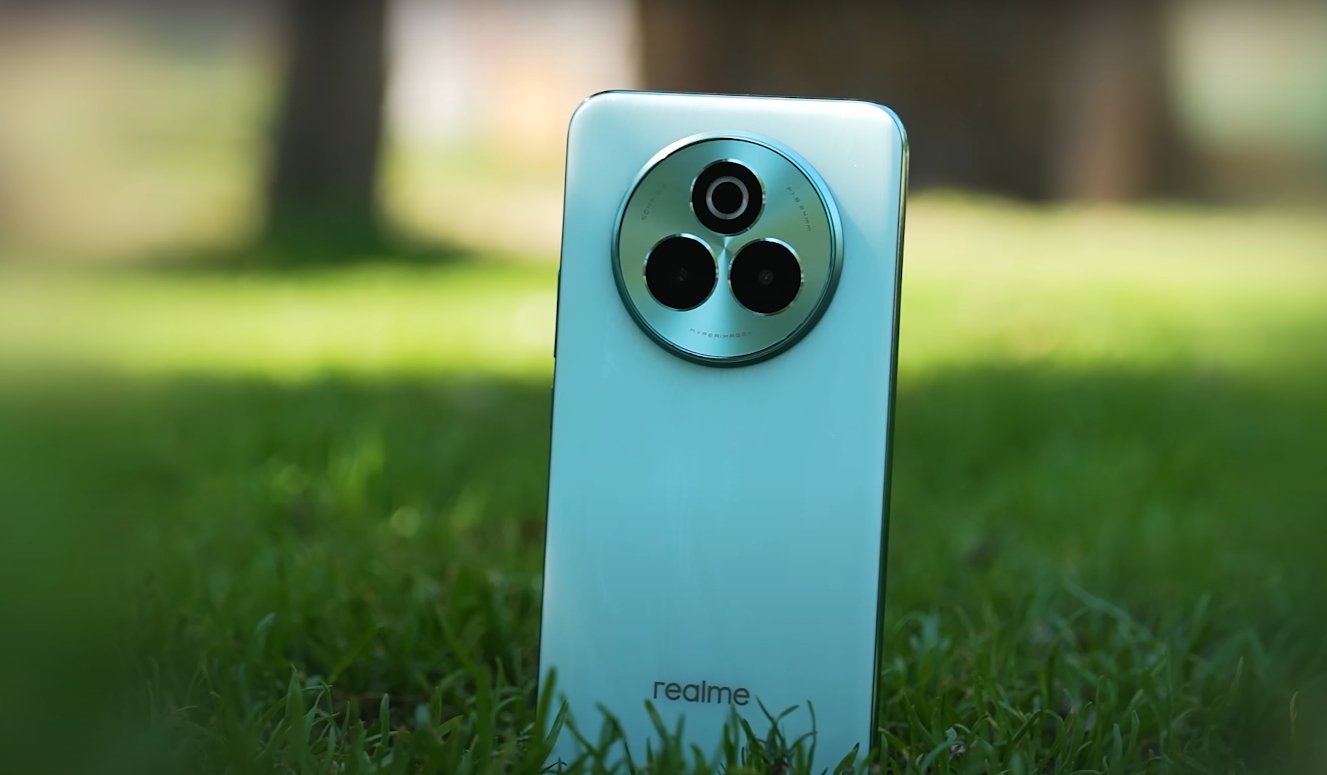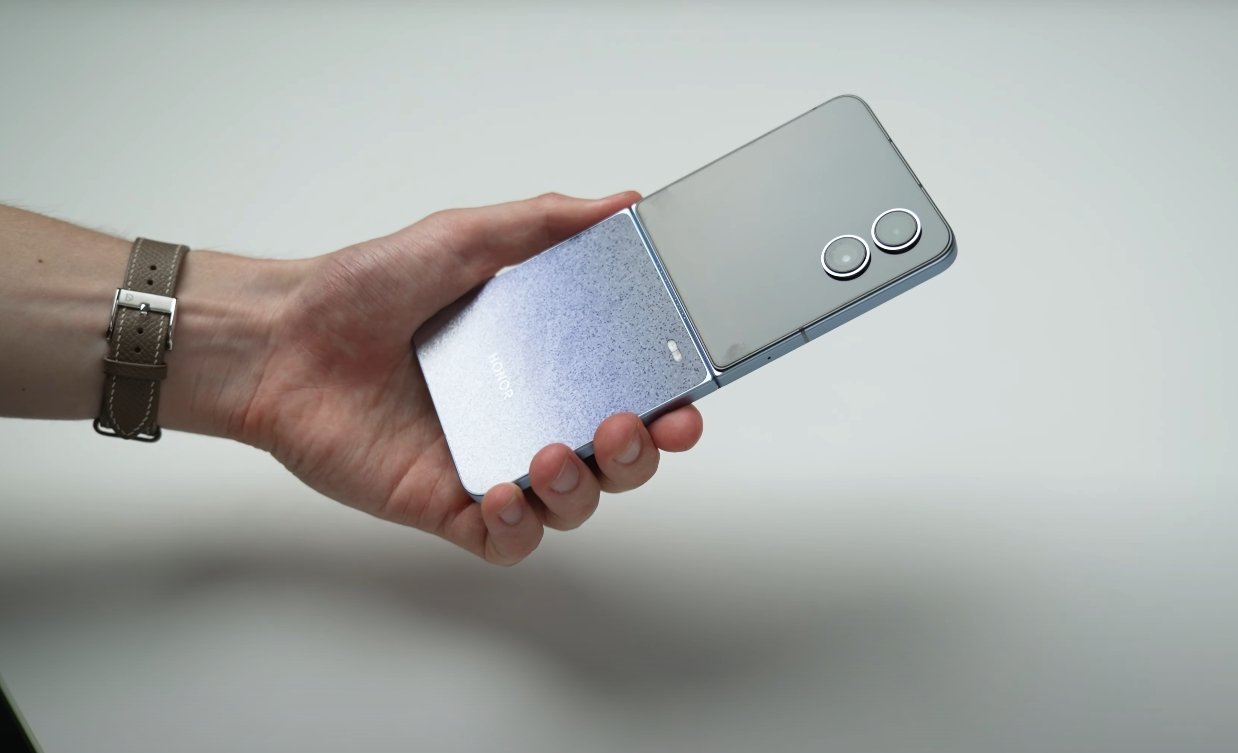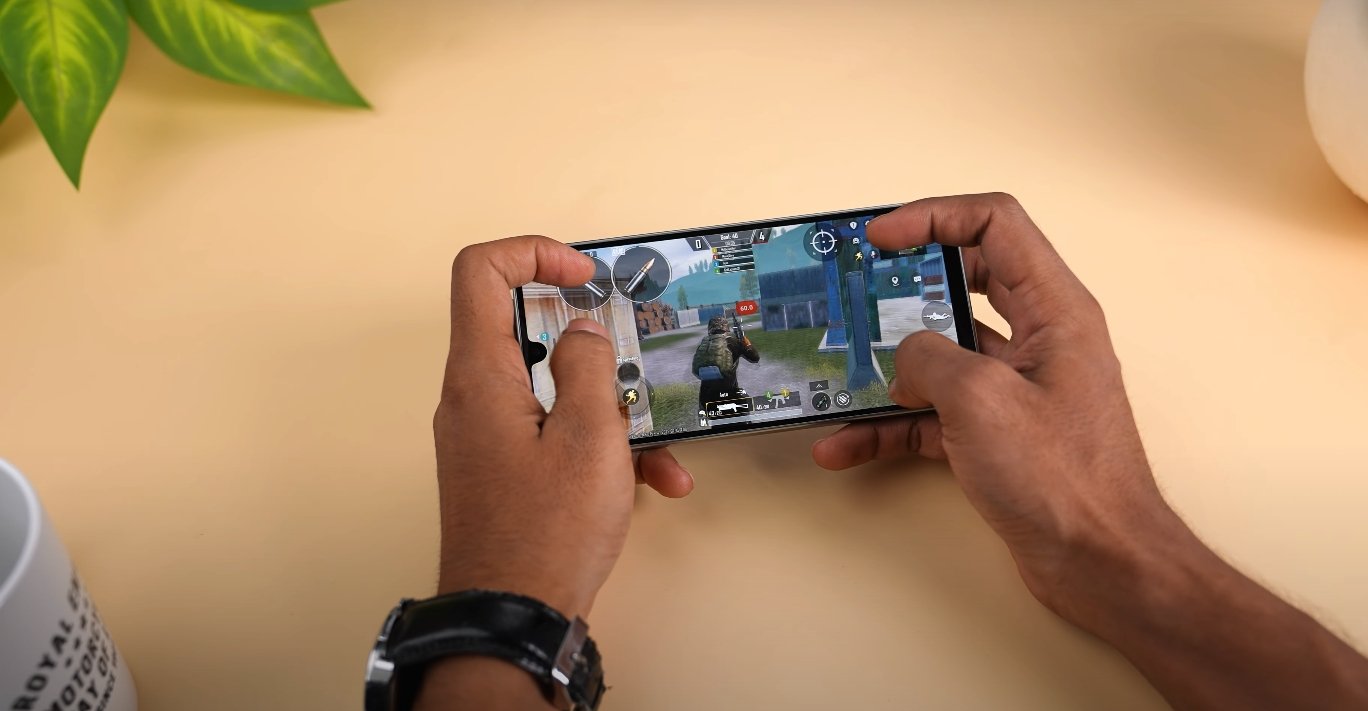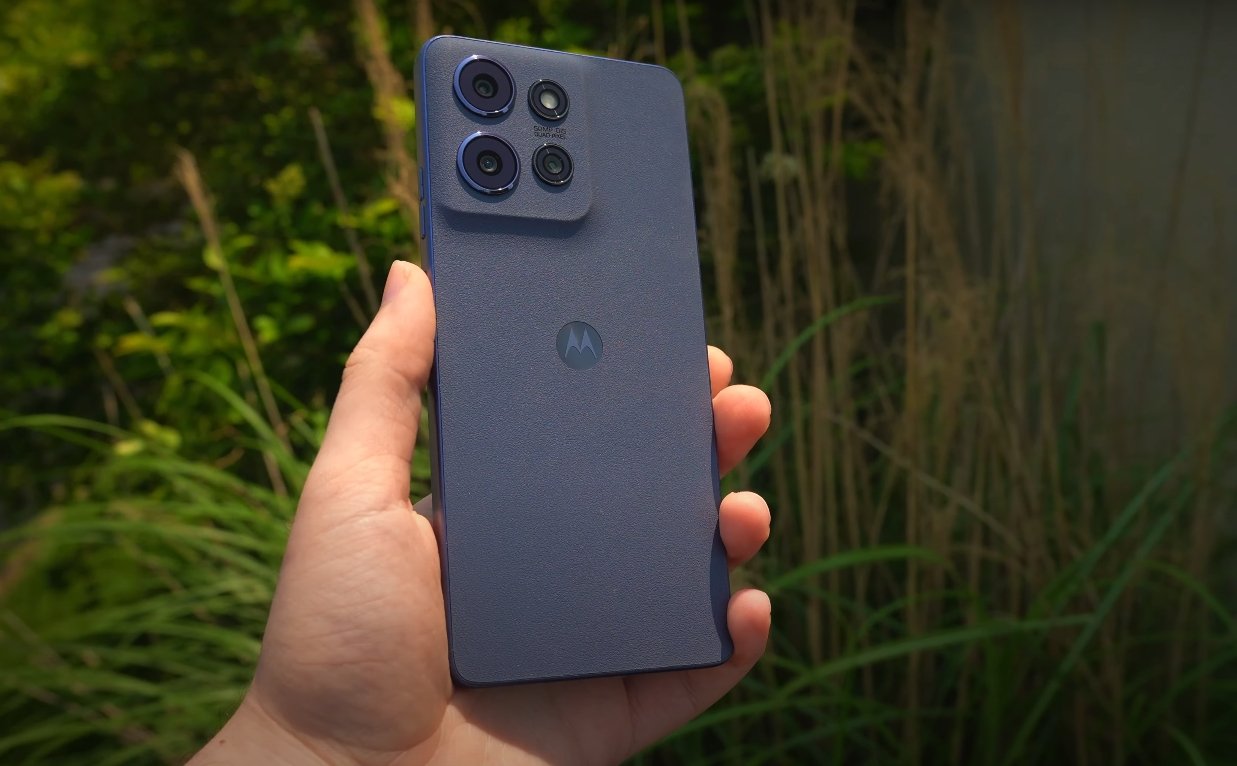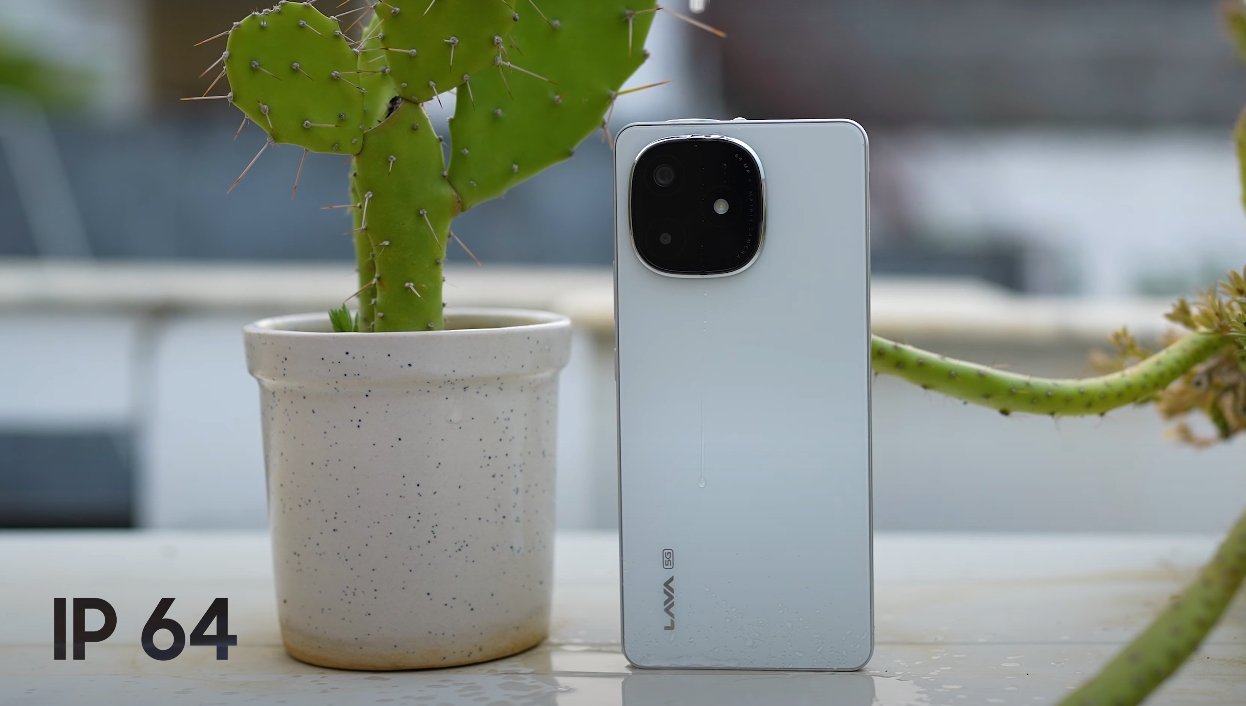Understanding Network Compatibility Before Importing
As the Redmi K90 Pro Max gains global attention for its high-end performance and attractive pricing, Canadian smartphone enthusiasts are increasingly considering importing the device from overseas. However, before placing an order, it’s essential for Canadian buyers and importers to understand how the phone’s network bands align with Canadian carriers. While the Redmi K90 Pro Max offers powerful specifications and advanced 5G capabilities, its network compatibility may not be a perfect match for Canada’s mobile infrastructure.
The Redmi K90 Pro Max, currently available in its Chinese edition, supports a wide range of 4G and 5G frequencies primarily optimized for Asian markets. This includes a mix of FDD and TDD LTE bands and several mid- to high-frequency 5G bands. In simple terms, this means the phone can technically connect to many global networks, but performance and coverage vary depending on local carrier support. For Canadian users, the focus should be on whether the device supports the most critical bands used by major networks like Rogers, Bell, and Telus.
In Canada, the most commonly used 4G LTE bands include B4, B7, B12, B13, B17, and B66, while the country’s growing 5G network primarily relies on n66, n71, and n78. The Redmi K90 Pro Max supports several of these — including B4, B7, and B66 for LTE, as well as n66 and n78 for 5G. This partial overlap means users in major Canadian cities could enjoy solid connectivity, especially in urban areas with strong infrastructure. However, the absence of key bands like B12, B13, and n71 presents potential challenges, particularly for those living in rural or suburban regions.
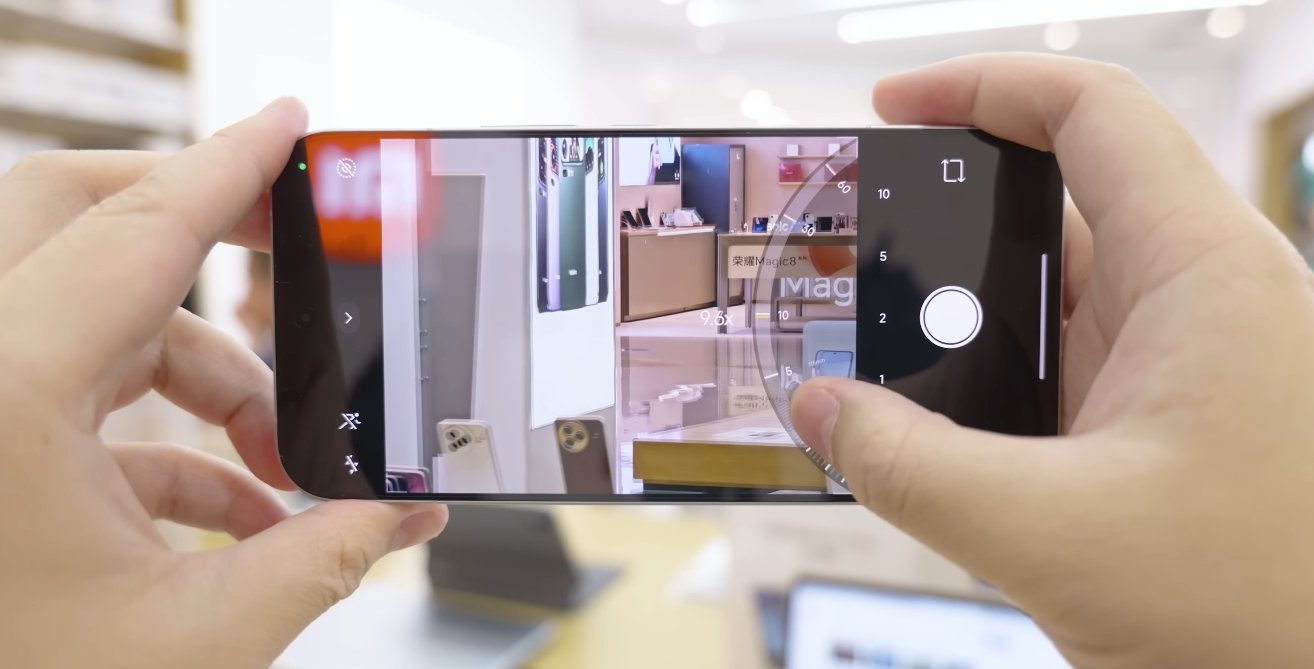
Band 12 and Band 13 are crucial for long-distance and low-frequency coverage. They help deliver stable connections indoors and across rural areas, especially in regions with sparse tower placement. Because the Redmi K90 Pro Max lacks these bands, users might experience dropped signals or slower speeds when traveling outside city limits. Similarly, the absence of 5G Band n71, which operates at 600 MHz, limits access to low-band 5G coverage that provides better building penetration and wider reach across Canada’s vast geography.
Beyond frequency compatibility, there are additional considerations importers must weigh. Imported smartphones often lack official carrier certification in Canada, which can affect advanced features like Voice over LTE (VoLTE), Wi-Fi calling, and seamless roaming. Without official approval from Canadian carriers, these features may not work reliably, even if the phone connects to the network. This can be a major drawback for users who depend on clear voice calls in low-signal areas or prefer Wi-Fi calling in buildings with weak reception.
Another issue concerns software and firmware optimization. The Chinese edition of the Redmi K90 Pro Max runs MIUI based on China’s regional setup, which may not include Google services by default. While this can be adjusted with some technical effort, users should be prepared for a few configuration steps after importing the device. Firmware updates may also be delayed compared to global versions, and warranty coverage in Canada will be limited or nonexistent. Importers should therefore factor in potential service and software challenges alongside network limitations.
Despite these drawbacks, there are still reasons Canadian buyers are intrigued by the Redmi K90 Pro Max. Its combination of flagship performance, advanced camera system, and long battery life at a competitive price makes it an attractive alternative to more expensive brands. For users who primarily stay in major metropolitan areas like Toronto, Vancouver, or Montreal — where B4, B7, and B66 dominate — the phone could deliver strong 4G and even limited 5G performance. However, those relying on nationwide coverage may find the gaps in low-frequency band support too limiting for daily reliability.
Ultimately, Canadian importers should approach the Redmi K90 Pro Max with realistic expectations. The phone offers premium technology at a compelling price, but its Chinese variant isn’t fully optimized for Canada’s network ecosystem. Those looking for the best possible performance and carrier feature support might want to wait for a global or North American variant, which would likely include better compatibility with Canada’s essential bands and ensure broader network functionality. Until then, importers can enjoy the innovation Redmi brings — but with awareness of the trade-offs that come with importing a flagship device built for another region.

